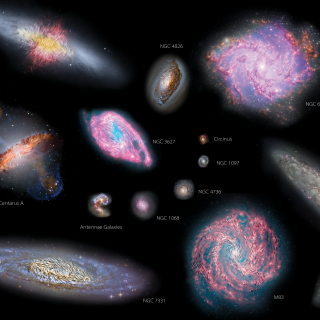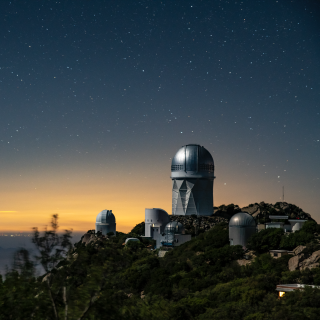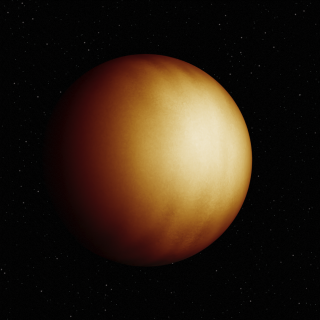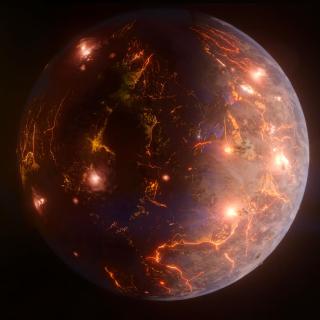
An international collaboration, with the participation of the Instituto de Astrofísica de Canarias (IAC), determines with an unprecedented level of precision the mass, age and rotation profile of the core of a massive pulsating star. Known as HD 192575, it has been observed by the NASA space telescope TESS continuously for more than a year. The results shed new light on how such stars are internally structured and how they evolve until their death, when they explode as supernovae and form neutron stars and black holes. The scientific team has also used observations made with the Mercator




